Yaupon, Yaupon Holly
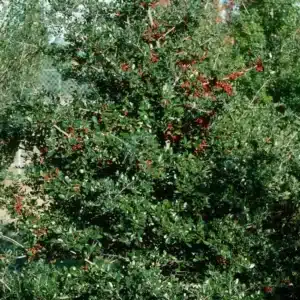
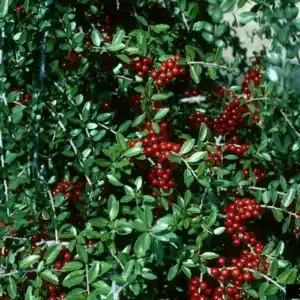
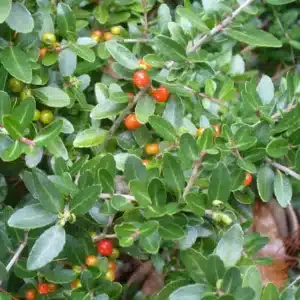
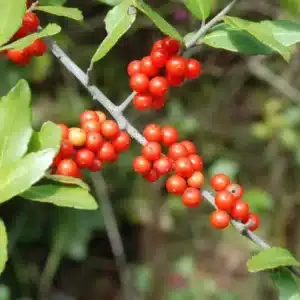
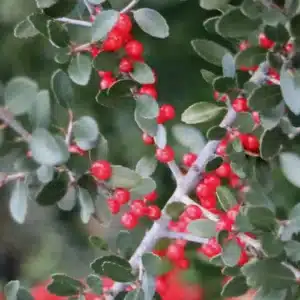
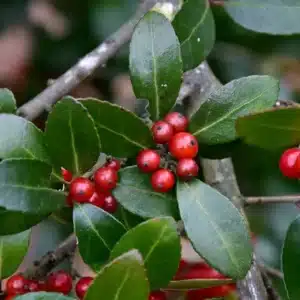
The location of yaupon in the landscape will depend upon the variety because of the various growth forms and sizes. The most common tree form will grow up to 20 ft. tall by 12 ft. wide. Youpon will tolerate clay, high organic matter, loam, and sand in the soil. Good drainage with consistent moisture is needed until the tree is well established.
Pruning is not needed except for shaping in the case of sweeping forms. Watering should be consistent during the first two years to avoid stress. Once established, yaupon is drought resistant.
Annual fertilization with a balanced 10-10-10 or a high nitrogen fertilizer is recommended.
Pruning is not needed except for shaping in the case of sweeping forms. In large tree forms, pruning may be necessary to avoid contact with windows or walls. Broken or damaged limbs may be removed at any time.
Yaupon trees are resistant to deer, drought, salt, wet soil, and wind. The fruit of yaupon contains illicin which is mildly toxic.















